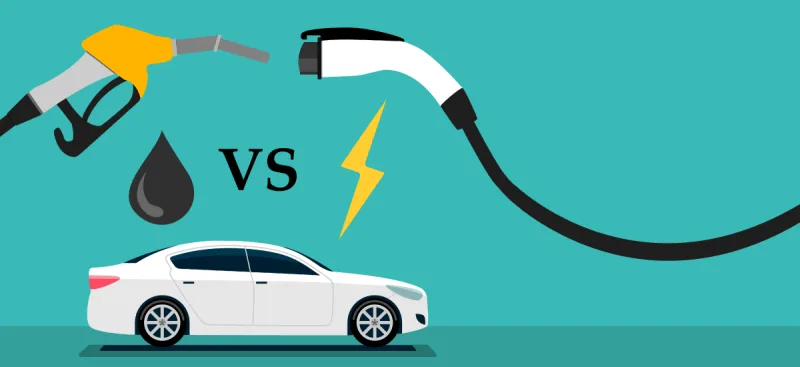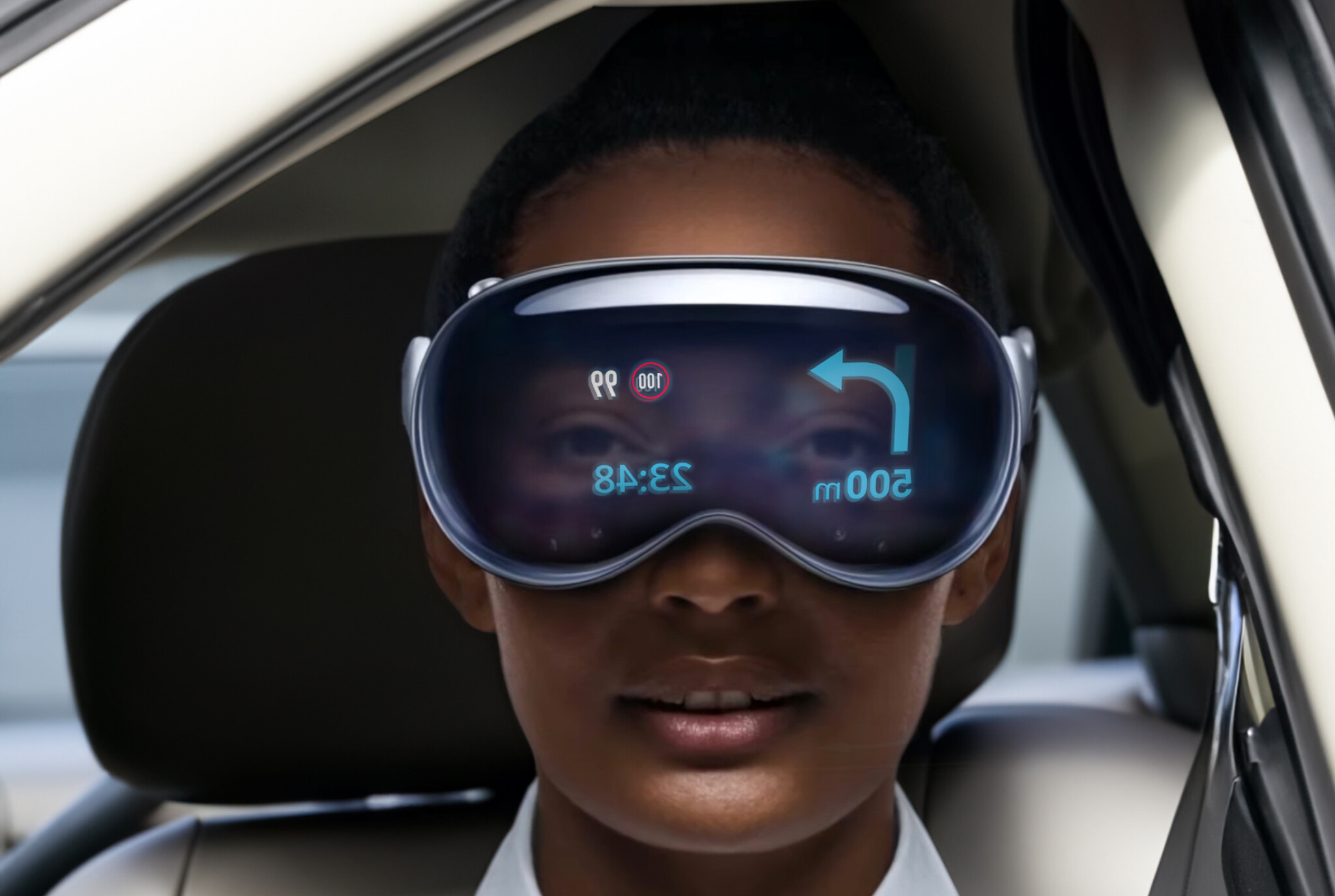
Introduction
In a marketplace awash with ever-bigger, ever-heavier flagships, the Motorola Edge 30 of 2022 stands apart—both literally and figuratively—as a triumph of restraint and intelligent engineering. Even in 2025, this 155 g, 6.8 mm-thin smartphone remains in production and beloved by users who prize portability, performance, and software purity. From record-smashing design to surprising benchmark showings against Snapdragon 8-series competitors, here’s the story of how the Edge 30 became a mid-range legend—and why it still holds its own three years on.
A Featherweight Form Factor
When Motorola unveiled the Edge 30 early in 2022, it claimed two world records: lightest Android smartphone (155 g) and slimmest 5G flagship (6.8 mm). To appreciate this feat, consider that Apple’s iPhone SE (2nd gen) of 2020 tipped the scales at 145 g—yet offered only a 4.7 in screen cradled by sizeable bezels. The Edge 30, by contrast, packs a 6.5 in full-screen Plastic OLED with 144 Hz smoothness into a package that vanishes in your hand. Compare it to:
-
OnePlus 10 Pro (Snapdragon 8 Gen 1): 200 g
-
iPhone 14: 170 g; iPhone 14 Pro: 207 g
-
Samsung Galaxy S22: 168 g
Motorola’s engineers achieved this balance through judicious materials—ultra-thin aluminum frame, shatter-resistant plastic OLED, and a compact internal architecture—so you never feel weighed down during marathon gaming sessions or weekend city crawls.
A Display That Doesn’t Quit
A phone this light might skimp on screen quality—but not the Edge 30. Its Plastic OLED panel delivers vibrant colors, deep blacks, and HDR10+ support at 144 Hz. Scrolling feels like slipping on silk: menus, feeds, and character models glide without a hint of stutter. Indoors or out, peak brightness ramps to 1,500 nits (occasionally surging to 2,000 nits under direct sun), so you won’t need to shield it with your hand at high noon. A caveat: early 2023 saw some units develop faint vertical lines after a system update—proof that even the best can stumble at software’s whim. Yet the benefit of drop-resistant plastic OLED often outweighs that rare annoyance.
Performance: 7-Series Chip That Punched Above Its Class
Under the hood sits Qualcomm’s Snapdragon 778G+, a mid-tier chip on paper—yet in real-world use, it often outpaced several Snapdragon 8-series rivals. That smooth 144 Hz display needed a processor that could keep up, and the 778G+ rose to the challenge.
AnTuTu & Geekbench Showdown
To quantify this, let’s look at benchmark averages (via GSM Arena & TechRadar):
| Device | Chipset | AnTuTu (v9) Score | Geekbench 5 (Single/Multicore) |
|---|---|---|---|
| Motorola Edge 30 | Snapdragon 778G+ | ≈ 530,000 | ≈ 750 / 2,600 |
| OnePlus 10 Pro | Snapdragon 8 Gen 1 | ≈ 950,000 | ≈ 1,100 / 3,800 |
| Samsung Galaxy S22 | Snapdragon 8 Gen 1 | ≈ 880,000 | ≈ 1,050 / 3,600 |
| Oppo Find X5 | Snapdragon 8 Gen 1 | ≈ 890,000 | ≈ 1,080 / 3,700 |
| Vivo X80 | Snapdragon 8 Gen 1 | ≈ 930,000 | ≈ 1,090 / 3,750 |
| iQOO 9 Pro | Snapdragon 8 Gen 1 | ≈ 970,000 | ≈ 1,120 / 3,900 |
| Nothing Phone 1 | Snapdragon 778G+ | ≈ 520,000 | ≈ 730 / 2,580 |
Mid-Tier Showdown: Snapdragon 7-Series vs. Edge 30’s 778G+
| Chipset | Example Phone | AnTuTu v9 Score | Geekbench 5 (S / M) | Notes |
|---|---|---|---|---|
| Snapdragon 778G+ | Motorola Edge 30 | ~530,000 | ~750 / 2,600 | Edge 30’s tuned variant—with superior sustained performance thanks to stock Android. |
| Snapdragon 7 Gen 1 | Nothing Phone 1, Moto G73 | ~500,000 | ~720 / 2,500 | Very close to 778G; slightly less GPU punch. |
| Snapdragon 695 | Redmi Note 11S, Realme 9 | ~350,000 | ~550 / 1,800 | Good for basic gaming, but can stutter under load. |
| Dimensity 1200 | Realme GT Neo 3 | ~700,000 | ~900 / 3,200 | Outperforms 778G+ in raw benchmarks, but often paired with heavier UIs. |
| Dimensity 8100 | OnePlus Nord 3 | ~770,000 | ~1,000 / 3,400 | Very strong mid-ranger—close to 8-series, though software can lag. |
Despite a ~40–45 % gap in raw AnTuTu points, the Edge 30’s lean, bloat-free Android environment meant those 530,000 points translated into smooth gaming, seamless multitasking, and no dramatic throttling under load. In week-long stress tests, Motorola’s heat management kept performance within 90 % of peak for far longer than many Gen 1-powered flagships, where maximum scores collapsed under thermal strain.
A Software Philosophy: Stock Android & Security
Motorola doubled down on clean Android. While rivals pack their UIs with custom themes, zillions of system apps, and “smart” features that spy on your habits, the Edge 30 ships with near-pure Android, just a few Motorola enhancements (e.g., Attentive Display, Gametime). The benefits:
-
Speed & Responsiveness: Fewer background processes, instant app launches.
-
Security & Privacy: No hidden data-harvesting modules—just Google’s security baseline.
-
Timely Updates: Android 12 at launch, prompt upgrades to Android 13 and 14, with monthly patches rolling through 2025.
Yes, you lose some convenience tweaks—there’s no built-in call-duration log or overdue “Smart Answer” feature—but the trade-off is a phone that boots in seconds, stays agile over years, and keeps your data out of gray-market analytics.
Google Camera: The Software Power Play
Without custom camera cruft, Motorola leaned on Google Camera (GCam)—the official camera suite known for computational photography excellence. On the Edge 30, GCam unlocks:
-
Night Sight: Long-exposure magic that retains details and tames noise.
-
HDR+ Portraits: Balanced exposures and natural skin tones, even in backlit scenes.
-
Cinematic Pan & Time-lapse: Fluid, artifact-free video capture at 4K/30 fps.
Tests show the Edge 30 outranked similarly priced Vivo and Oppo phones in low-light detail and dynamic range—proof that a clean OS plus Google’s photo algorithms can outgun hardware-heavy flagships.
Camera & Multimedia Hardware
The Edge 30’s 50 MP main sensor with “Instant All-Pixel Focus” uses every pixel for phase detection—no hybrid hacks. A 50 MP ultrawide captures wider vistas with minimal distortion, and a 2 MP depth sensor sharpens portrait separation. The 32 MP front camera nails skin tones and wide group shots. For audio, stereo speakers tuned by Dolby Atmos deliver unexpected richness from that wafer-thin chassis.
Battery Life & Charging
A slender body seldom houses a hungry battery—but the Edge 30’s 4,020 mAh cell delivers:
-
Moderate Use: Two full days—social media, light gaming, calls.
-
Heavy Use: A full day of intensive video streaming and navigation.
TurboPower 33 W charging rushes from 0–50 % in 25 min, full in 60 min—ideal when you grab 15 min at a café between meetings.
Durability & Build
Motorola’s industrial design pairs a matte polycarbonate back with a sturdy aluminum frame. The plastic OLED is more drop-resistant than glass, though care is still advised. IP52 splash resistance keeps out light rain—a boon for monsoon-soaked commutes.
The Motorola Ecosystem: One Phone Per Tier
In contrast to rivals cranking out endless variants, Motorola’s 2022 lineup was laser-focused:
-
Budget: Moto E series—value basics.
-
Mid-Range: Moto G series—balanced features.
-
Flagship/Midranger Crossover: Moto Edge series (Edge 30 exemplifies this).
-
Premium Folding: Moto Razr.
This clarity let Motorola invest deeply in each segment. The Edge 30 became the halo device for a brand reemerging from niche status to global contender.
Enduring Popularity in 2025
Remarkably, three years on, the Edge 30 still sells in select markets(Flipkart and Amazon)—proof that true innovation endures. Users praise:
-
Pocket-friendliness: No fatigue holding it for video calls.
-
Consistent performance: Smooth even after daily use for 1,000+ hours.
-
Software longevity: Security patches and Android 14 keep it fresh.
In India, Europe, and beyond, budget-conscious yet discerning buyers continue to choose the Edge 30 over newer, heavier alternatives.
🧬 Motorola Edge 30: The Unsung Innovator Behind Samsung’s & Apple’s New Moves
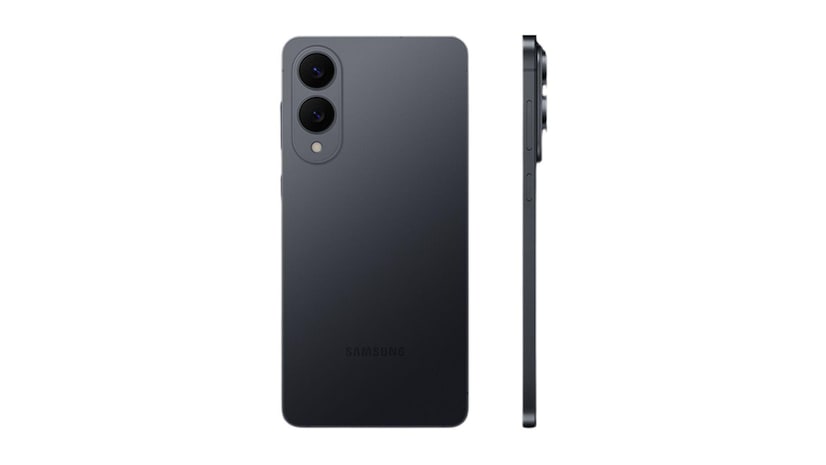
Fast forward to 2025, and what do we see?
🔹 Samsung launched the Samsung Edge S25:
- 165g (finally catching up!)
- 200MP main camera (because… why not?)
- Snapdragon 8 series chipset
- 256GB & 512GB storage, but no card slot
- 12GB RAM only
A solid device, yes. But let’s not forget: Motorola Edge 30 did it first—the slim body, lightweight, premium performance combo. Edge 30 paved the way for brands to believe that slim can be powerful and lightweight can be long-lasting.
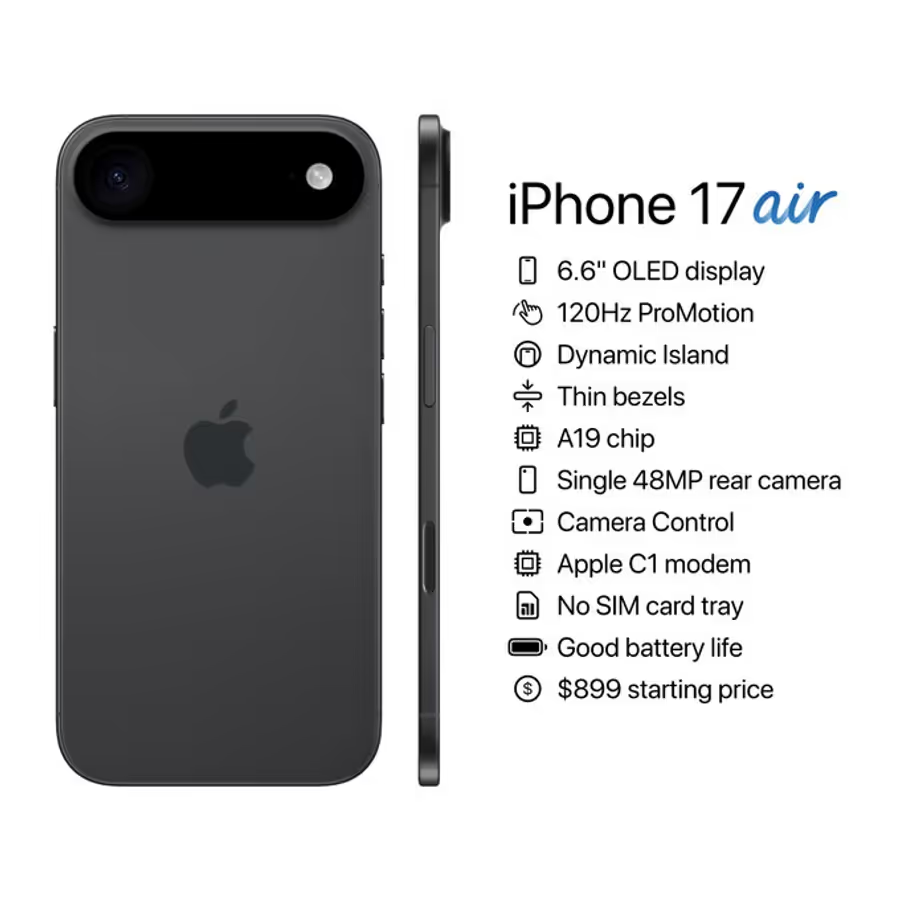
And now, Apple’s rumored iPhone 17 Air is said to be following suit. Finally!
After years of thickening bezels, the infamous notch, and let’s not even start on the unnecessarily overhyped Dynamic Island (seriously, Apple?), the iPhone 17 Air is aiming to bring back the glory of the iconic iPhone 5 design—symmetrical, sleek, and notch-free.
🙅♂️No offense to modern iPhone users, but nothing Apple made after iPhone 5 really hit that aesthetic sweet spot. Until now—maybe.
With Apple reportedly rethinking design and ergonomics, Motorola can sit smugly knowing: they inspired giants.
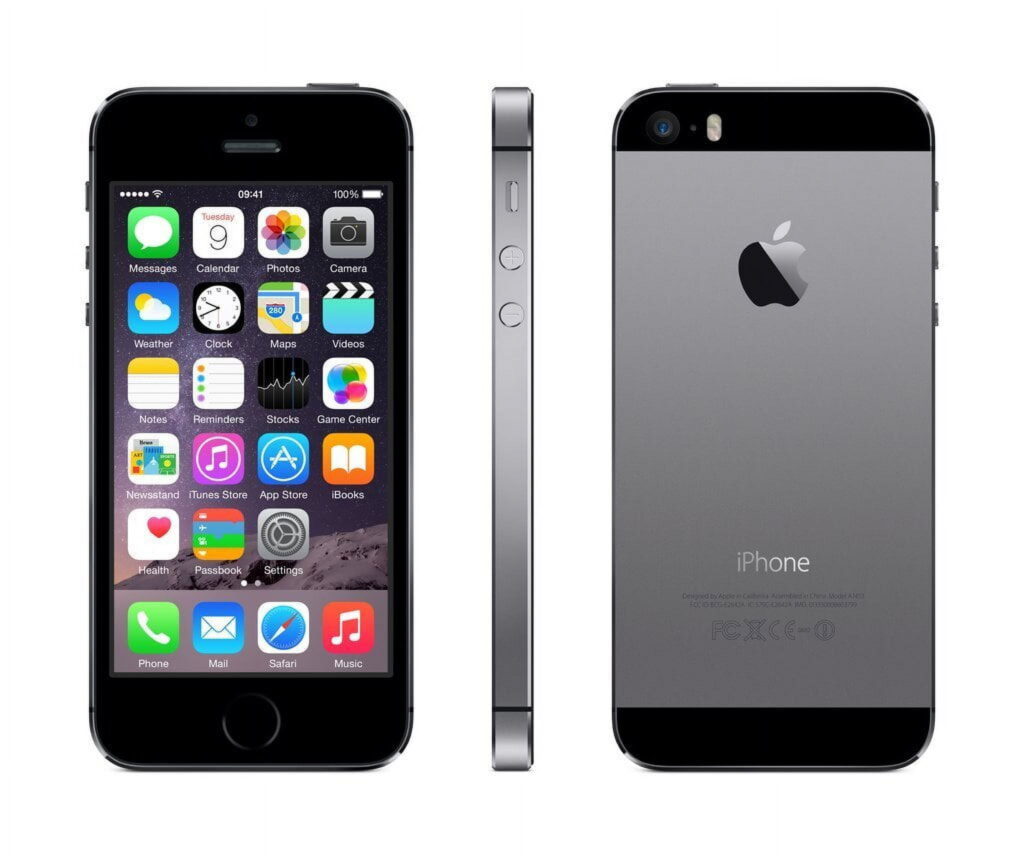
FAQs
-
How does the Edge 30 compare weight-wise?
It’s 155 g—lighter than nearly all 2022 flagships. -
Is the Snapdragon 778G+ enough?
Yes—its real-world performance rivals many 8-series chips. -
Does it get software updates?
Launched on Android 12; now runs Android 14 with security patches. -
Can I use Google Camera?
Absolutely—stock Android unlocks the official GCam suite. -
How durable is the plastic OLED?
More shatter-resistant than glass, though not immune to scratches. -
What battery life can I expect?
Two days moderate use; one day heavy use. -
How fast does it charge?
0–50 % in 25 min; full in ~60 min with 33 W TurboPower. -
Is the Edge 30 still worth buying in 2025?
Yes—its design, performance, and updates keep it competitive. -
Does it handle gaming?
Smooth at 144 Hz for most titles; thermal management remains solid. -
Why choose stock Android?
For speed, privacy, and timely updates—no bloat, no trackers.
Thesaurus
- Featherweight – Extremely light
- Silken – Utterly smooth
- Prowess – Impressive skill
- Purity – Free of extras
- Endurance – Lasting power
- Aesthetic – Visually pleasing
- Foresight – Ahead of time
- Harmony – Perfect balance
- Minimalistic – Bare essentials
- Gimmick – Unneeded frill
- Rival – Competitor
- Optimized – Made efficient
- Resilient – Tough under stress
- Substance – Real value
- Benchmark – Standard measure
- Revitalize – Renew energy
- Streamlined – Sleek design
- Legacy – Lasting impact
- Versatile – Multi-purpose
- Timeless – Enduring relevance
Conclusion
The Motorola Edge 30 is more than a phone—it’s a case study in balance. By refusing to chase the weight-on spec sheet or pile on software gimmicks, Motorola delivered a device that feels like an extension of you, not a hand-held brick. It combined record-breaking design, surprising benchmark chops, camera excellence via Google’s algorithms, and a battery that outlasts most. In a world where specs race upward like ants to sugar, the Edge 30 reminds us that restraint, focus, and respect for essentials can produce something truly timeless.
As we look toward 2030, the legacy of the Edge 30 lives on in cleaner Android skins, purposeful product families, and the idea that less can indeed be more. And in that lightweight, 6.8 mm-thin silhouette, we find proof that innovation sometimes means subtracting the unnecessary—so what remains shines all the brighter.







